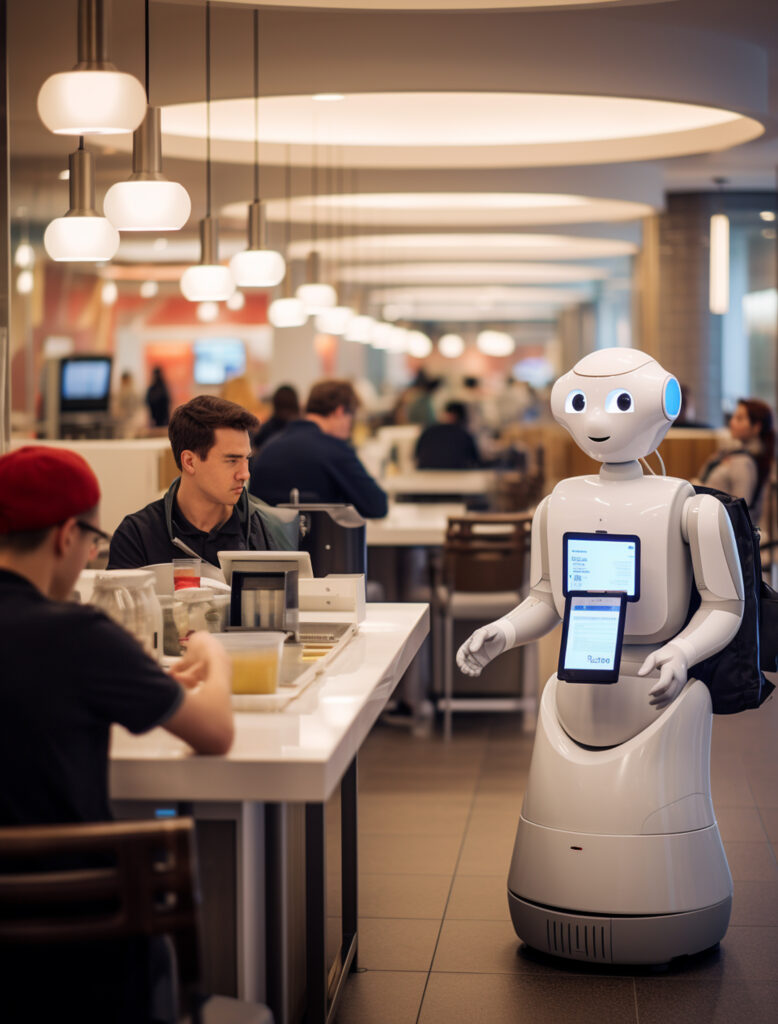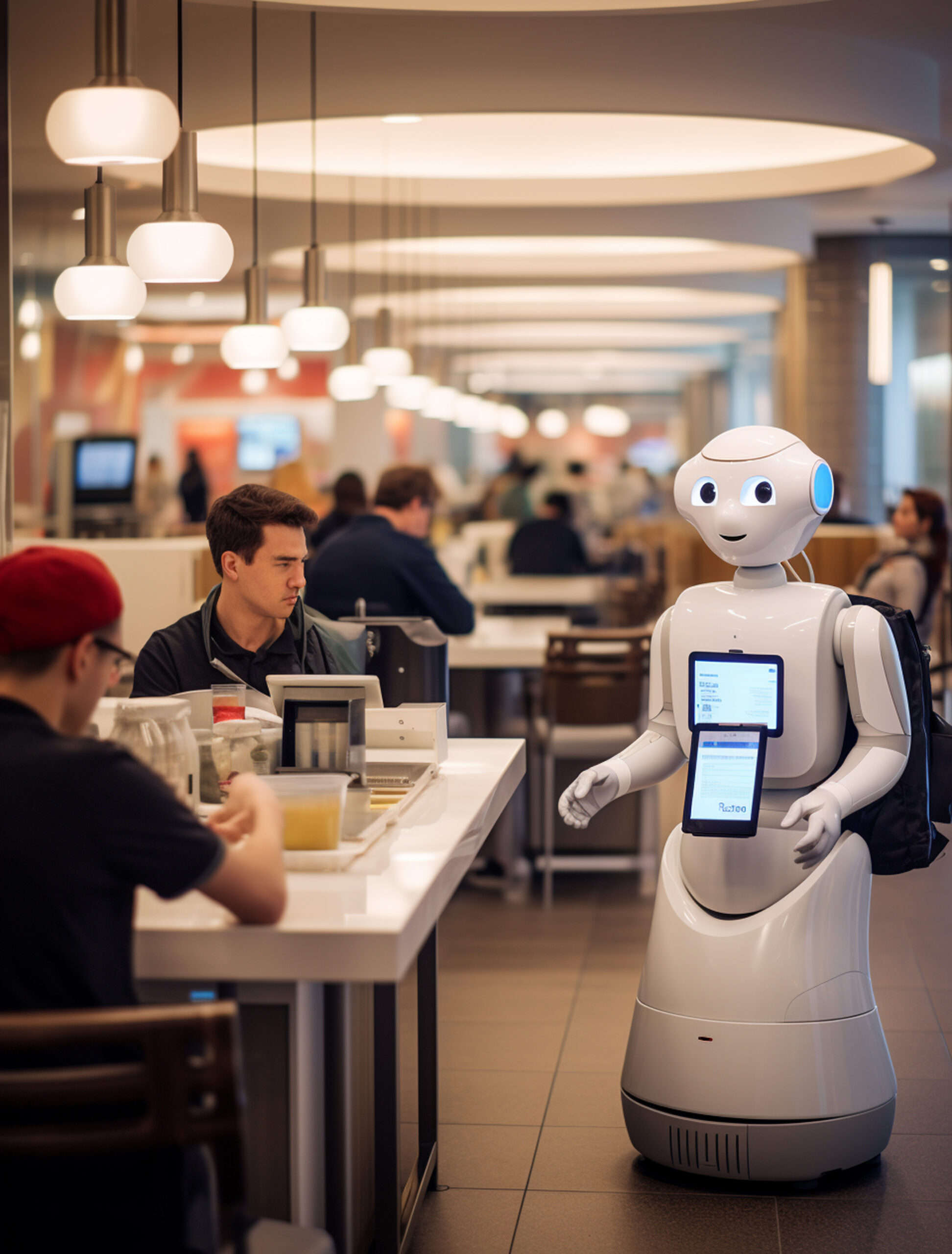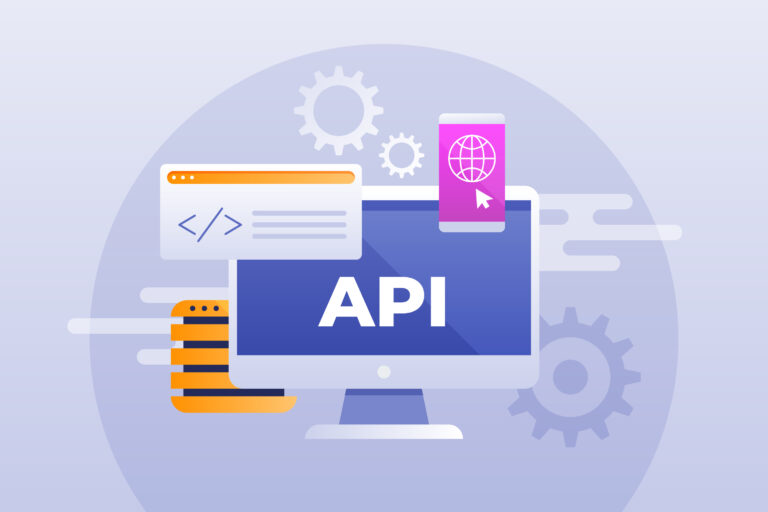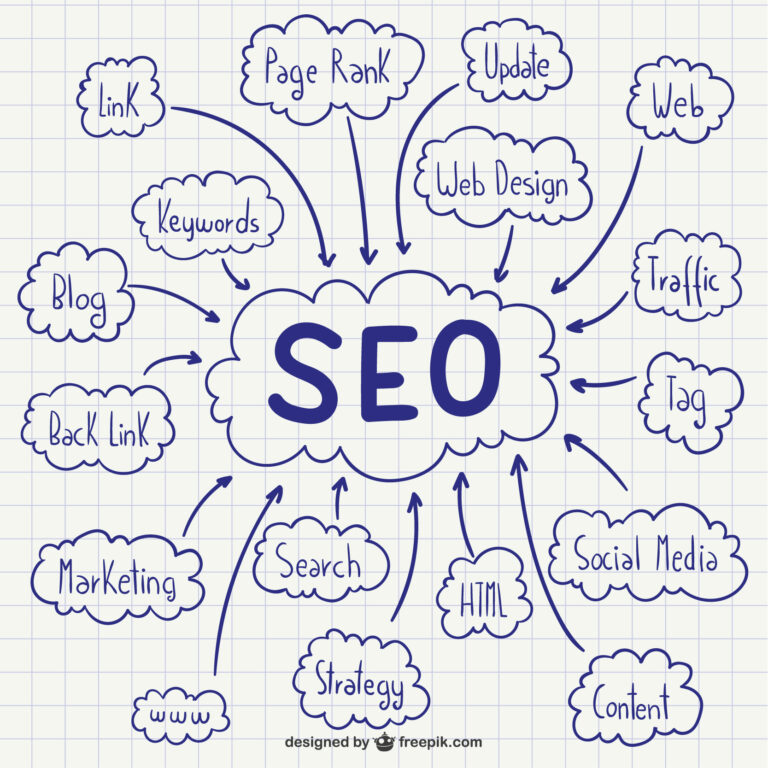5 ways to transform the customer experience with AI
AI offers powerful tools for crafting amazing customer experiences — especially if you run them on a connected ecosystem

Numerous top-level executives believe that AI is an essential competitive tool. As per a new study by IBM’s Institute for Business Value, 75% of CEOs think having the most advanced generative AI will be crucial for gaining a competitive edge.
Per AI leaders’ guidance, marketers and business leaders are quickly exploring AI options and thinking about how they can use them to enhance the customer experience. AI can enhance organizational efficiency and provide innovative digital interactions throughout customer purchasing.
Nonetheless, marketing and commerce teams are only beginning. Even though they have ambitious future goals, more than 76% of senior executives are currently focused on developing or strategizing their AI roadmaps.
The reason why a connected ecosystem is necessary
Many marketing and commerce teams are well-acquainted with generative AI, where models generate content such as text, images, or video by leveraging patterns from their training data. Marketing teams currently utilize it for developing fresh content or tailoring product listings and other preexisting content to effectively cater to customers in a particular location or market segment.
Different types of artificial intelligence utilize machine learning algorithms and statistical models to analyze past data and forecast customer actions.
However, AI tools are most efficient when fully integrated within the same interconnected ecosystem.
For instance, AI can be utilized to examine engagement data and forecast the most successful types of creative content, which can then be integrated into fresh creative outlines. On the other hand, AI can be employed to swiftly produce multiple versions of content and experiment with them instantly.
Established methods to utilize AI in a networked environment
Having a set of interconnected AI tools that cover marketing and commerce technology can be game-changing for all parts of the customer experience. It enables marketing teams to:
1. Enhance marketing strategy and planning
AI enables companies to create and improve marketing campaigns, media planning, and commerce strategies, resulting in enhanced customer experiences and increased conversion rates.
Artificial intelligence allows us to analyze how specific campaign components, like content assets and ad designs, influence important metrics such as conversion rate and average order value. This data can be utilized to create customized campaigns across various channels, incorporating content specifically designed for individual preferences and audience segments.
Marketers can utilize AI to adjust content strategies immediately based on important engagement and sales data.
2. Create highly customized customer interactions
AI assists marketers and commerce teams in moving past simple segmentation to accomplish genuine personalized marketing.
Some AI tools can suggest personalized experiences by utilizing customer profiles and preferences that are regularly updated as customers engage with different touchpoints. Others can generate numerous versions of images and content that help bring recommendations to reality.
3. Speed up the process of creating content
AI enables marketing teams to create detailed content plans and rapidly produce engaging, up-to-date content that resonates with customers.
It can examine past interaction data across various content formats, recognize patterns, and recommend the most impactful content types for each step in the customer’s path.
AI accelerates the entire content lifecycle, from generating ideas to creating content and designs, undergoing reviews and approvals, and ultimately delivering and activating content.
4. Join together and coordinate customer experiences
AI assists in creating seamless and unified customer experiences for marketers. The most recent AI technology can analyze large datasets to pinpoint the most efficient touchpoints and interactions, as well as determine which ones are most suitable for various market segments.
AI tools, when used in real time, can lead customers through customized journeys that boost engagement and conversion rates. Using real-time engagement data, other AI functions can enhance the content and communications that drive these journeys.
5. Adjust asset fluctuations for in-depth market experimentation
AI can assist marketers and commerce teams in testing multiple content variations and experiences to determine which ones customers are most likely to interact with. It is capable of recognizing chances to expand customer base through exploring new channels or distributing content on a specific subject.
For instance, AI has the ability to generate a wide range of content options that are customized for various audience segments and preferences. This capability to adjust asset differences guarantees that every customer gets a customized experience, regardless of their requirements or whereabouts.
In addition, AI can identify the most efficient variations in the moment, constantly improving the content strategy for the best outcomes.
It is currently taking place
More and more companies are experiencing positive outcomes by using a variety of AI tools within their technology infrastructure. The first companies to use Adobe’s martech stack are those that utilize both predictive AI models like Adobe Sensei and generative AI models like Adobe Firefly.
Canon USA uses the predictive AI in Adobe Commerce to provide customized customer experiences, for instance. Specialized customers like night photographers and wedding photographers can now easily and rapidly discover the products they are seeking. Customers are guided towards items, add-ons, and information that align with their needs, aiding in problem-solving and boosting the likelihood of making a purchase.
Michael Lebron, senior director and head of front office applications at Canon, stressed the importance of personalization in guiding customers to the most relevant content through their preferred channel.
Currently, IBM has integrated Firefly’s generative AI skills to enhance its creative workflows. IBM’s team harnessed generative AI in their workflows, resulting in the creation of 200 assets and more than 1,000 marketing variations in just minutes, a drastic reduction from the usual timeframe of days or months. This campaign surpassed expectations by achieving engagement that was 26 times higher than benchmarks and successfully reaching important audiences, with 20% of participants recognized as C-level decision-makers.
A martech stack that includes integrated AI
One major obstacle in adopting AI is that the most effective tools for your business may not be found in one platform.
If you utilize a set of top-quality AI tools, you could find yourself creating numerous custom connectors if the chosen software lacks adaptable APIs.
Adobe’s marketing technology and commerce software are specifically created to simplify the integration of AI tools in two different ways.
Initially, it is completely integrated and includes native AI models such as Firefly and Sensei already included. This method allows businesses to begin using AI-powered workflows in Adobe tools they are already familiar with.
Patrick Toothaker, who is the principal product marketing manager for digital experience at Adobe, mentioned that their technology includes both generative and predictive AI, enabling a bidirectional exchange of data that speeds up outcomes.
Additionally, it is designed for seamless data interchange with other systems using thoroughly documented APIs. Using the API Mesh from Adobe Developer App Builder, companies can link their Adobe marketing tools to Adobe Commerce, Customer Relationship Management (CRM), Enterprise Resource Planning (ERP), Point of Sale (POS), and other important systems. Additionally, Adobe has a wide-reaching network of technology partners who offer pre-built integrations for nearly every Adobe solution, ranging from commerce to marketing and more.
Now is the present for AI’s future
Adobe’s AI-powered ecosystem, which is fully integrated, can assist businesses in changing all aspects of the customer journey. It can offer an understanding of customer actions, predict their requirements, and enable creative teams to efficiently develop tailored content to meet those requirements immediately.
By integrating AI into their processes now, marketing and commerce teams can provide great customer experiences, outpace rivals, and gain important efficiency improvements.
Collaborating with companies such as Adobe and its tech partners, who offer seamless integration of AI solutions through APIs, is a fantastic initial move.






